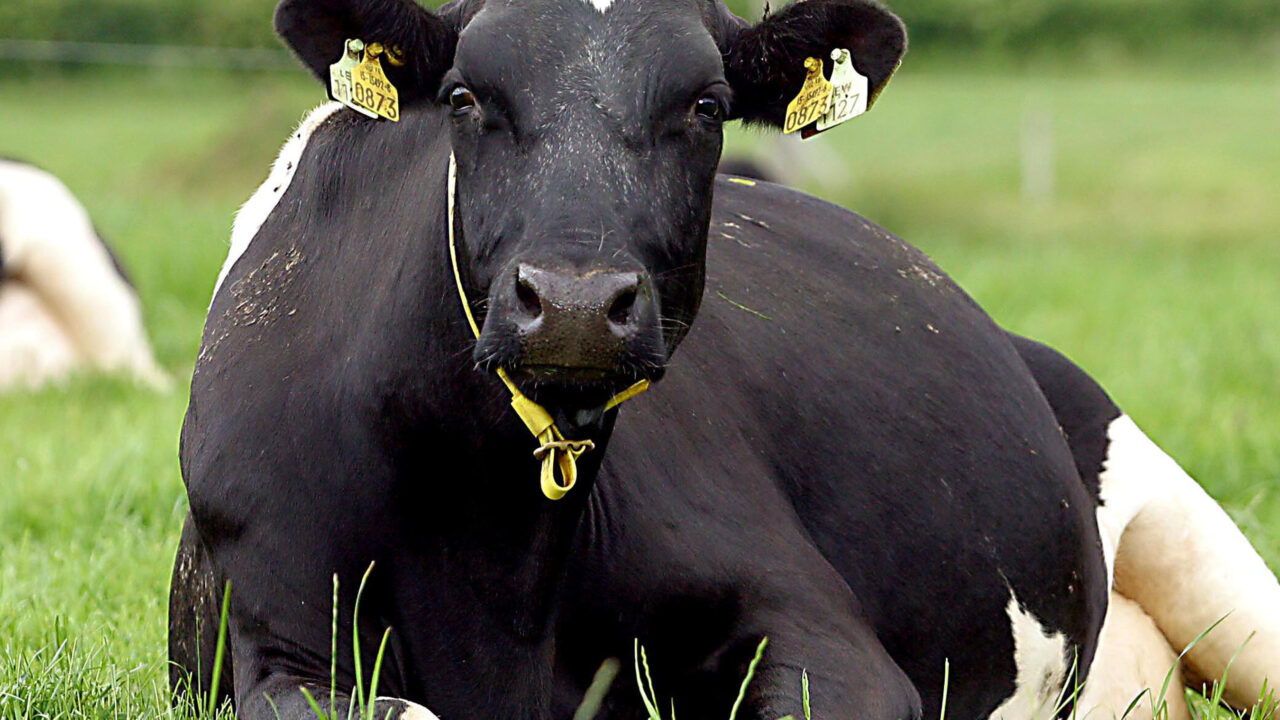WORLD VIEW: Every year, millions of cattle die of trypanosomosis. The UN and the International Livestock Research Institute list trypanosomosis among the 10 diseases of cattle with the greatest impact on the poor.
In Africa the disease is known as “Nagana”, which translates literally as “being in low or depressed spirits”. The disease is caused by a parasite that enters the animals’ blood as a result of the bite of the Tsetse fly.
Surprisingly, one West-African dwarf cattle breed, the Baoulé, seems less affected by trypanosomosis than others. When they are infected, Baoulé cattle develop fever and lose weight but do not necessarily die. Their immune system is thus better able to fight the parasite than that of other breeds. In other words, the cattle seem to have a natural tolerance against the parasite.
Detect
Katja Silbermayr from the Institute of Parasitology of the University of Veterinary Medicine, Vienna, together with an international research team, collected blood samples from three cattle types. The scientists have developed a method that can identify the parasites responsible for trypanosomosis, the trypanosomes, and can even detect three different forms of the parasite in a single step. The information is extremely valuable to veterinarians and farmers as each type of trypanosome causes a slightly different disease progression and requires a different type of treatment.
Infection
The researchers used their new method to examine samples of blood from apparently healthy Baoulé cattle, Indian Zebu cattle and crosses between the two breeds. Zebus produce more meat and milk than Baoulé but fall severely ill when infected with trypanosomes.
Of more than 350 animals tested, 41 were found to be infected. Zebus were infected twice as often as Baoulés or hybrid cattle. Nevertheless, the highest amounts of the parasite were found in some Baoulés. “Baoulés are infected less often than Zebus and seem able to tolerate higher amounts of the parasite. We only studied healthy animals and Zebus with such high parasite levels would have been too ill to be included in our study,” said Silbermayr in a statement on the research out this week. It seems that the Baoulé’s immune system can tolerate higher levels of the blood parasite.
Preserve
A number of international research projects are attempting to breed trypanosome-tolerant cattle and international aid agencies are providing funding to preserve the indigenous African breed.
“The genetic background of the Baoulé is very valuable for African agriculture. Crossing large breeds of cattle that produce a lot of meat and milk, such as the Zebu, with the smaller but immunologically stronger Baoulé could be very beneficial for farming in Africa. We plan to examine the current extent of mixing between Baoulés and Zebus and hope that in future it will be possible to determine the optimal degree of mixing to offer protection against trypanosomes,” explained Silbermayr.
